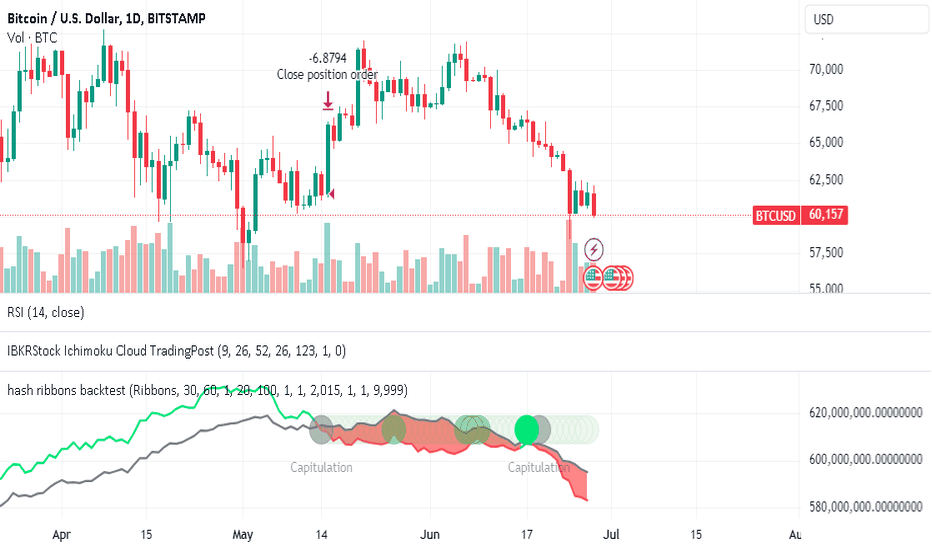
Bitcoin Halving: Exploring Price Trends and Scarcity Throughout History

The Relationship Between Bitcoin Halvings and Price
The Bitcoin halving cycle, a programmed event that roughly cuts the block reward for miners in half every four years, has become a focal point for investors and enthusiasts alike. Historically, these halvings have been followed by significant price increases for Bitcoin, leading many to believe they are a reliable indicator of future bull runs. However, the relationship between halvings and price is more nuanced than a simple cause-and-effect scenario.
The Impact of Scarcity on Bitcoin Price
The core principle behind the price impact lies in scarcity. By reducing the rate at which new Bitcoins are created, halvings limit the overall supply. In a market driven by supply and demand, a decrease in supply can theoretically lead to an increase in price, as long as demand remains steady or increases. This anticipation of scarcity often fuels a price rise in the months leading up to the halving event. Investors see the limited supply as a bullish signal, prompting them to buy Bitcoin in hopes of future appreciation.
The Role of Miners in Price Movements
However, the price doesn't always experience an immediate surge after the halving. The newly minted Bitcoins are a significant reward for miners, who contribute computing power to validate transactions on the Bitcoin network. The halving essentially cuts their income in half, which can lead to a temporary decline in mining activity, impacting the network's hashrate (total computing power). This initial drop in hashrate can cause a period of price consolidation, where the price trades sideways as the market adjusts to the new supply dynamics.
The Process of Hashrate Recovery
The recovery from this consolidation phase is often described as "weak miners dying and hashrate recovering." Less efficient miners, who can no longer operate profitably with the reduced rewards, are forced to shut down their operations. This reduces the overall hashrate and makes the network more efficient as only the most powerful miners remain. As the hashrate recovers, typically within a few weeks or months, the price can experience a significant breakout, fueled by both the scarcity effect and renewed investor confidence.
Historical Trends and Future Outlook
Looking at historical data, this pattern seems to hold true. Following the 2012 halving, the price of Bitcoin rose from around $11 to a peak of $1,100 in November 2013. Similarly, the 2016 halving was followed by a rise from $650 to nearly $20,000 by December 2017. The 2020 halving coincided with a bull run that saw Bitcoin reach an all-time high of over $69,000 in 2021. However, it's important to remember that these are just a few data points, and the cryptocurrency market is notoriously volatile. External factors such as economic conditions, regulatory changes, and broader market sentiment can also significantly impact Bitcoin's price.
Analysis of the 2024 Halving
The most recent halving, which occurred in April 2024, presents an interesting case study. While the price did experience some pre-halving anticipation, it hasn't yet reached a new all-time high. Additionally, the hashrate recovery has been slower than in previous cycles, taking over 60 days compared to the 24 days observed in 2017. This could be due to a number of factors, including the ongoing global economic uncertainty and the increasing energy costs associated with Bitcoin mining.
Conclusion
Only time will tell how the 2024 halving will ultimately impact the price of Bitcoin. However, by understanding the historical trends and the underlying economic principles at play, investors can make more informed decisions about their Bitcoin holdings. The halving cycle serves as a reminder that scarcity can be a powerful driver of price, but it's just one piece of the complex puzzle that shapes Bitcoin's value.

